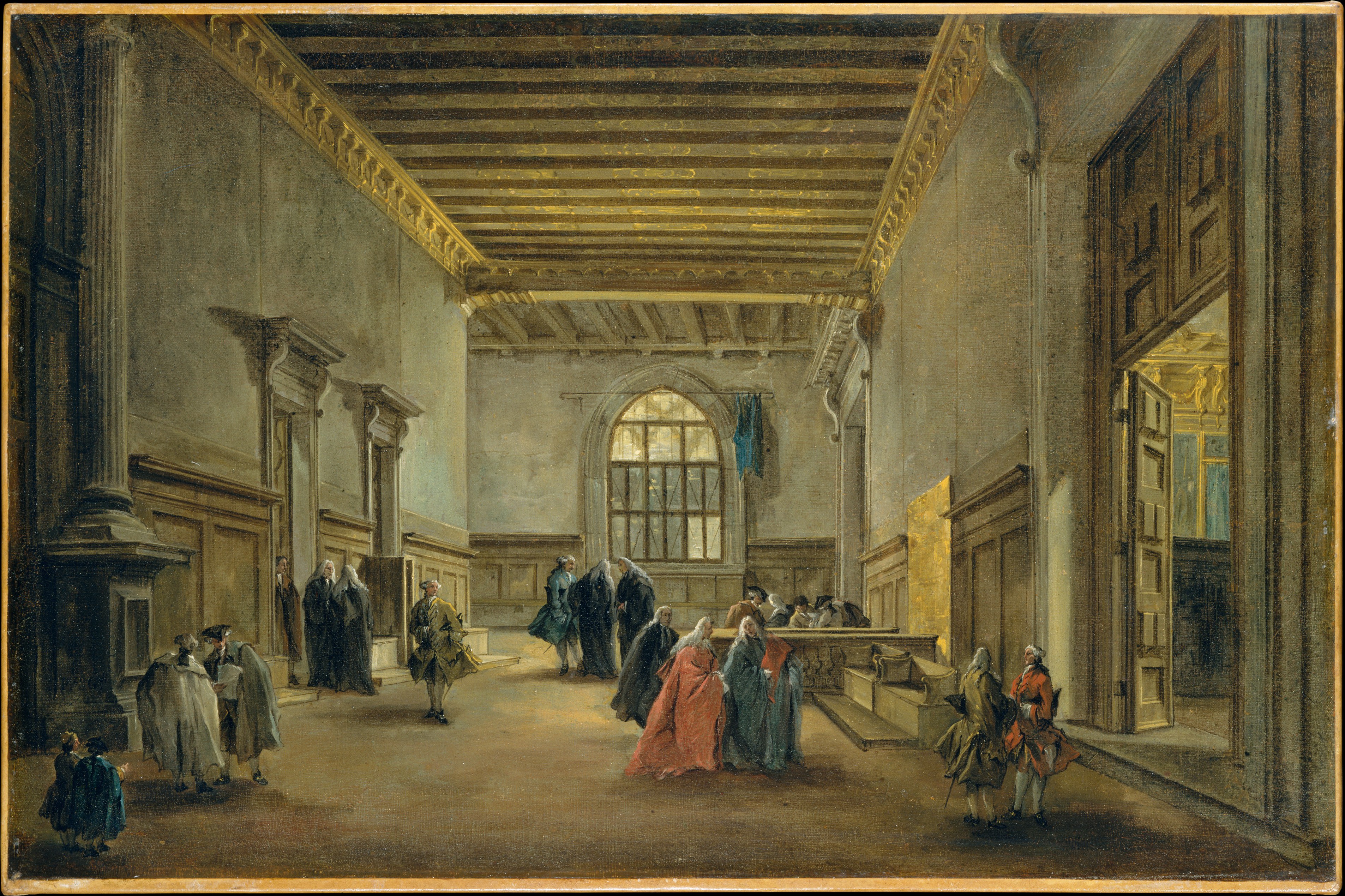We have not been able to find much information about this work, or we believe the information we sourced needed more review.
The Source by Gustave Courbet
The Source, painted by Gustave Courbet in 1864, is an exemplary work of the Realist movement, which Courbet championed. This oil on canvas painting reflects Courbet's commitment to depicting subjects with unidealized authenticity, a hallmark of his artistic philosophy. The work's focus on naturalism and the human form challenged the prevailing academic standards of the time, contributing to the broader acceptance of Realism in art. Courbet, born in 1819 in Ornans, France, was a pivotal figure in 19th-century art, known for his defiance of traditional artistic conventions. His works often sparked controversy, yet they played a crucial role in the transition from Romanticism to modern art. Courbet's influence extended beyond his lifetime, impacting subsequent generations of artists who sought to portray the world with honesty and directness.


















![A Study from Life [and] Study for Angel Releasing Saint Peter from Prison](https://file.arthistory.gg/image/a-study-from-life-and-study-for-angel-releasing-saint-peter-from-prison-washington-allston.jpg)






















